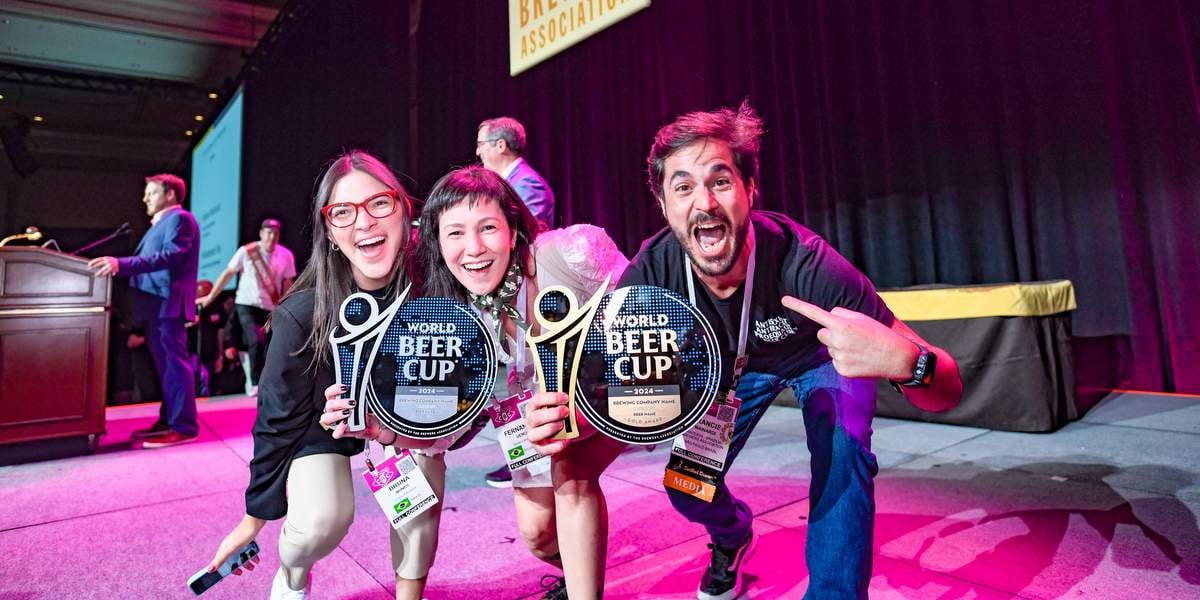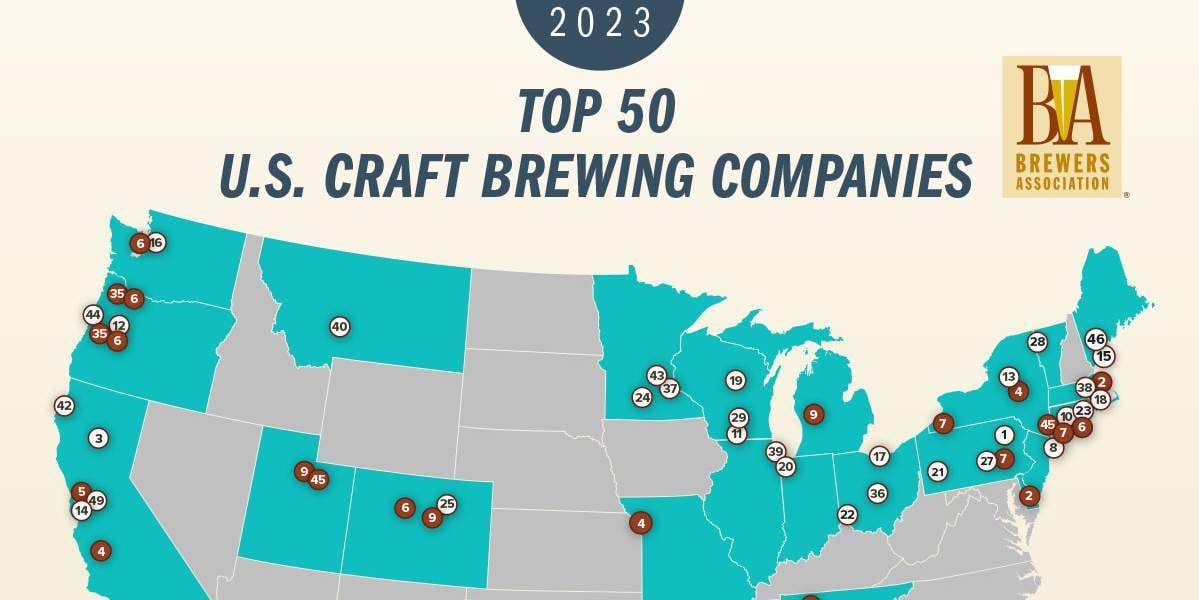In November 2014, Living The Dream Brewery Co. had been open for four months. Owners Carrie Knose and Jason Bell recipes were successful and serving the demand for craft beer in the southern suburbs of Denver. Yet, despite its success, the brewery faced a few challenges. In particular, it needed to gain awareness in its Littleton and Highlands Ranch, Colo., communities. Knose consistently heard from patrons that they were visiting the brewery for the first time, but had not known about it despite living 2 to 5 miles away. Word-of-mouth seemed to be the most successful form of marketing for Living The Dream. The only other planned marketing initiatives for Living The Dream were through social media, beer blogs and occasional events.
Looking to grow his own business at that time, Brian Phipps, founder and strategist of Confluence, arrived at Living The Dream Brewery. Phipps saw the potential in the brand and with a customized corporate social responsibility (CSR) strategy in hand, he set out with the brewery make an impact in both issues important to the local area and the budding beer business’s bottom line.
What does corporate social responsibility (CSR) mean?
CSR encompasses three functions that focus on how a business affects its environment:
Environmental sustainability — This is the business’s impact on the environment, such as its usage of all of the materials it takes to make, distribute and serve its products/services. The goal of sustainability practices is to limit a business’s imprint on the earth by creating more efficient processes to limit resources needed or finding ways to replace resources.
Community engagement — This is the business’s impact on the community. These are the company’s interactions with the community such as paying taxes, providing jobs, fulfilling a demand and donating to schools/charity. It also includes negative impacts. For example, if a bar were over-serving customers or serving to minors, the bar has put the community at risk. The goal of community engagement practices are to limit the negative impacts through education, services, corporate giving/philanthropy and volunteering.
Employee engagement — This is the business’s impact on the people in the organization. These mostly include human resource issues such as low engagement, turnover, burnout and difficulty in hiring quality talent. The goal of employee engagement is to motivate and retain staff by connecting them to the successes and positive impacts the business makes in the community. Examples are volunteer programs, employee donation matching programs and joining a board of directors for a charity.
Essentially, each of these three CSR pillars involve the resources a business requires to operate, and all of these resources involve the community to some degree. This is the concept of shared-value, the interdependence between business and its environment.
Building CSR into a brewery
Living The Dream had already, in its first four months, implemented several community initiatives including its recent launch of a collection drive of jackets. Living The Dream was a dog-friendly brewery, most evident by Knose’s brewdog Otto who was always present. Bell was involved with a local program that helped at-risk youth participate in outdoor programming where they also received mentorship; the brewery already had a small fundraiser for this program. Prior to moving to Colorado to open the brewery, Knose had been a volunteer for a program in the Lake Tahoe area that helped people with disabilities with adaptive skiing. Clearly activism was important to the brewery, but it needed a plan to bring its service and business together in the eyes of the community.
Planning the fundraiser
Phipps constructed a CSR strategy for Living The Dream and presented it in December of last year. The strategy included recommendations for the next 12 months, as well as a three-year plan. First on the docket: Knose chose to hold a fundraiser at the brewery and wanted the fundraiser to be for a nonprofit that helped people with disabilities participate in outdoor activities.
In Colorado, several nonprofits, including the National Sports Center for the Disabled (NSCD), offer outdoor recreation opportunities for people with disabilities. The NSCD offers therapeutic services year-round with its largest programs taking place at Winter Park Ski Resort. The goal of each activity is to help athletes of all disabilities achieve a goal they set each time. The NSCD served several participants and numerous volunteers who lived in the Littleton and Highlands Ranch areas.
Click “Next” to continue reading the story.





ICYMI: A #CSR Business Case of business & #charity working together to achieve goals via @CraftBrewingBiz http://t.co/SXExOhON2a
#CSR Business Case: How a #brewery and #charity were able to help each other with their goals via @CraftBrewingBiz http://t.co/SXExOhON2a
Pilot Malt House liked this on Facebook.
Craft brewery talks #CSR, creating #sharedvalue = I’m one happy homebrewer. http://t.co/8TMpH3mgEw via @craftbrewingbiz
RT @CraftBrewingBiz: Creating shared-value: A craft brewery fundraiser case study: http://t.co/GohgIdwg1n @ConfluenceLLC in-depth insight.